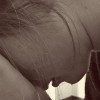Have you ever felt nervous or anxious when you have to speak in front of a lot of people? Or are you sweating a lot with a racing heartbeat when you see a spider crawling under the table? Or the thought of having to fly on a plane make you nauseous and dizzy, and you are suddenly paralyzed; unable to think or move? If you have all of the symptoms above (and you answer yes to all of them), it is likely that you are suffering from a phobia. Probably from one of the most common phobias.
Table of Contents
- 10 Most Common Phobias In The World
- 1. Agoraphobia – Fear of open space
- 2. Social Phobia – Fear of social gathering
- 3. Claustrophobia – Fear of closed space
- 4. Aviophobia – Fear of flying
- 5. Acrophobia – Fear of height
- 6. Dentophobia – Fear of dentist
- 7. Hemophobia – Fear of blood
- 8. Glossophobia – Fear of public speaking
- 9. Nyctophobia – Fear of darkness
- 10. Cynophobia – Fear of dogs
Understanding Phobia
Feeling scared, nervous, or panicky is pretty common. After all, each person has their own weak spots and fears. Some of these fears are pretty irrational too. Some people may be afraid to have a dental checkup while some are afraid of spiders. Few are afraid of flying while some are afraid of being in a tight and enclosed space. When you can still control the fear and it is pretty minor, it is still normal. However, when you have irrational thoughts and you start suffering from severe anxiety that you can’t think, breathe, or act naturally, then you are positively suffering from a phobia.
A phobia is overwhelming and severe. It is related to irrational thoughts and fears about a situation, animal, feeling, place, or object which can lead to irrational actions too. They are worse than fears because they can paralyze you. It is a part of anxiety disorder that may change your life for the worst. Most people are fine until they have to face the source of their phobia. That’s why most people would organize their lives to avoid the trigger, which can affect the way they run their lives. A friend of mine, for instance, is afraid of balloons. He still allows his kids to play balloons but only when he’s not around. When his kids are having birthdays or any kinds of celebrations, they never have balloons as part of the decoration.
10 Most Common Phobias In The World
You may be surprised to find out that there are different types of phobias out there. There are some of the most common phobias that people have been quite accustomed to. And the following is a list of the most common phobias.
1. Agoraphobia – Fear of open space
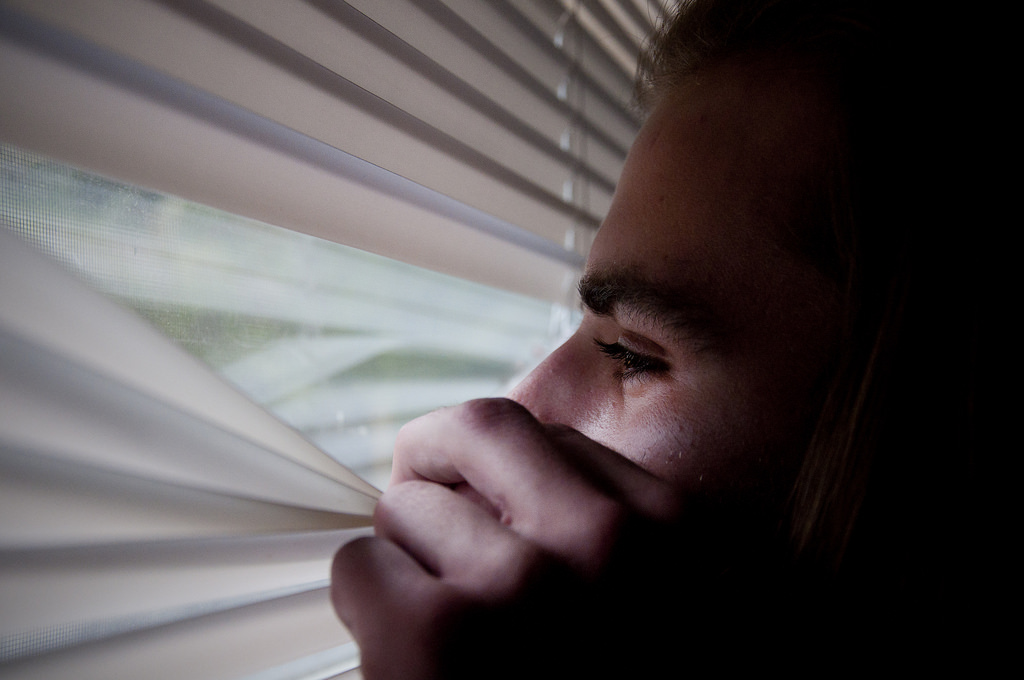
First of all, the agoraphobia, which is often referred to as the fear of leaving the house. It is not completely true, actually, because the word agoraphobia means the fear of the open space. People with agoraphobia are afraid of the open spaces and they are also afraid of a large crowd. They have the irrational fear that they will be trapped outside of the house.
For them, the house is their sanctuary; the safest place on earth. That’s why people with agoraphobia prefer staying at home and avoiding going out. They are afraid that they may have a panic attack. Those with medical conditions are afraid that they may suffer from medical emergency once they are out and no one can help them.
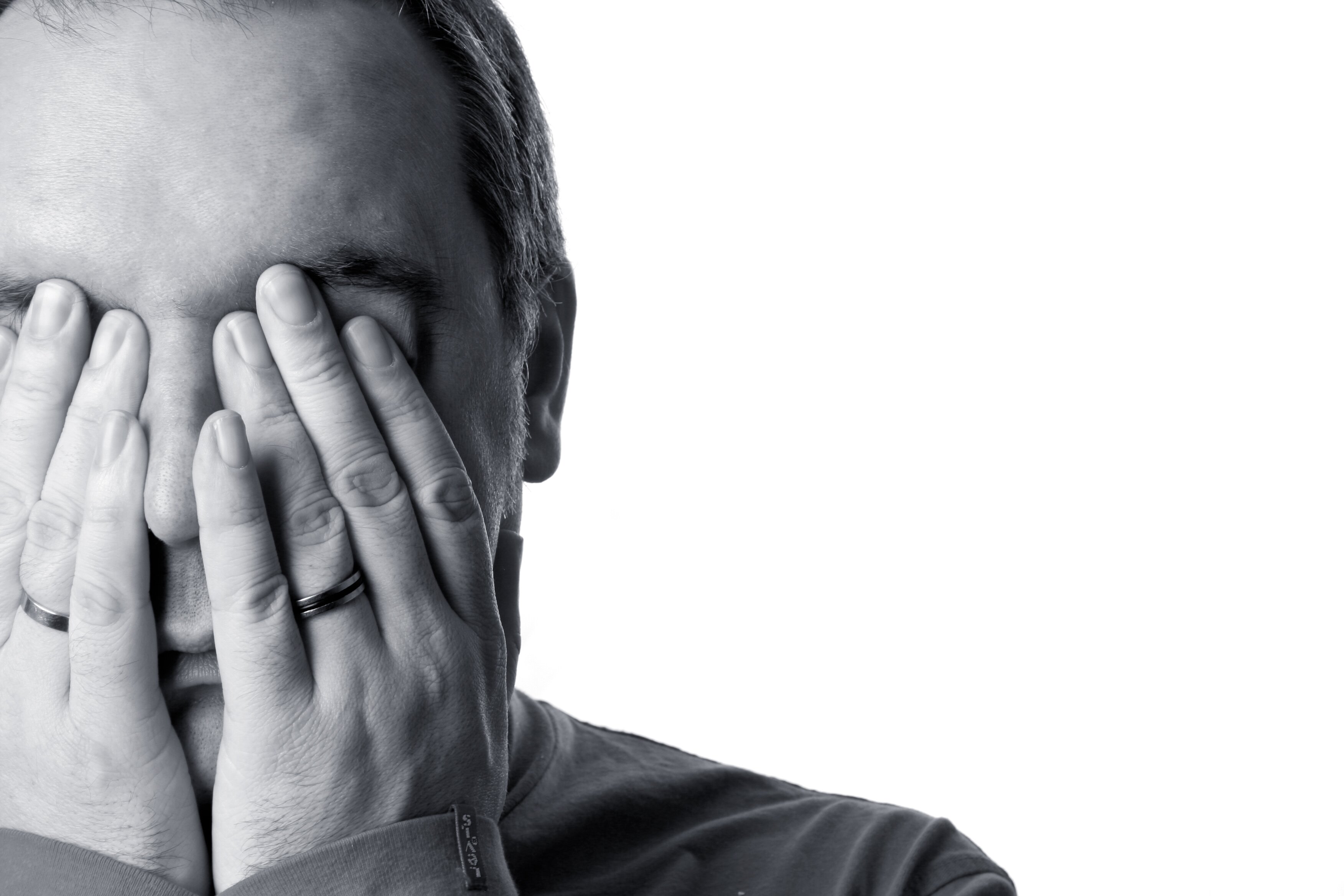
The second most common phobias are the social phobia or also known as the social anxiety disorder. It is more than just a social nervousness or awkwardness. People with such disorder may isolate themselves because they have an extreme and excessive worry about any social situations.
They are afraid to meet new people because they don’t know how to act. Their timid behavior is pretty extreme that they are afraid that other people will view them as weird or odd. People with social phobia don’t like social situations and they will try their best to avoid such social settings.
3. Claustrophobia – Fear of closed space
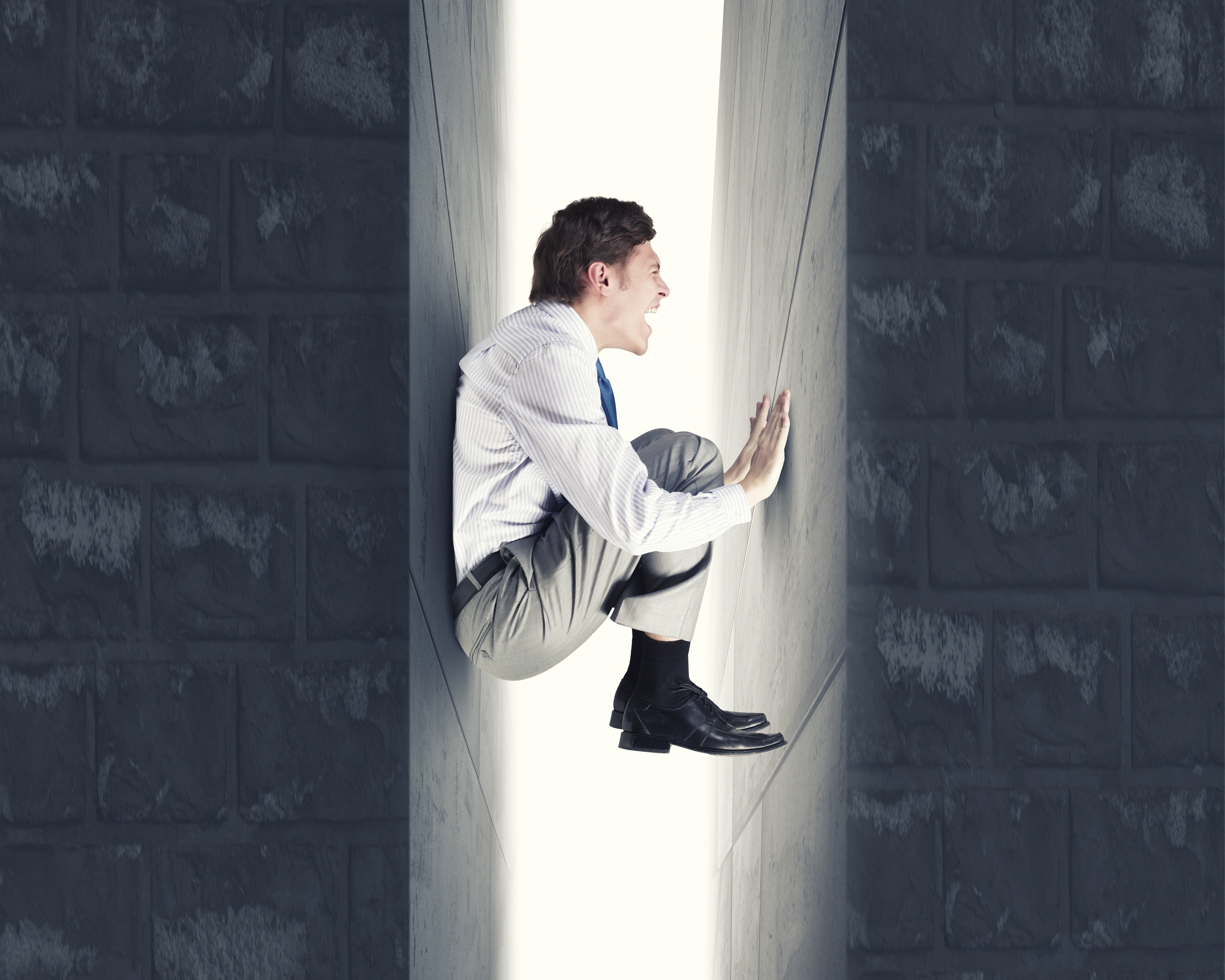
The third phobia is the claustrophobia which is the fear of tight space. People with such phobia will have a panic attack, excessive sweating, and also shortness of breath when they encounter such situation.
The symptoms will get worse if such a tight space is followed by the darkness. They won’t be able to think or focus. In more extreme cases, the phobia is crippling, making the patients unable to ride in elevators or even cars. The tighter and cramped the situation is, the worse the symptoms will be.
4. Aviophobia – Fear of flying

The fourth phobia is the aviophobia which explains itself. Yes, it is a fear of flying. People with such phobia will try their best to avoid the situation where they need to fly. If they have to fly, they will be sweating a lot. They may suffer from a panic attack and they won’t be able to think. It is possible for them to vomit if the fear is too much.
Some people suffer from this phobia combined with other phobias like claustrophobia and acrophobia. This phobia becomes an issue as air travelling is inevitable in today’s world – be it professionally or just for a vacation. Education about how airplanes fly and various aspects of aviation, can to an extent reduce aviophobia.
5. Acrophobia – Fear of height

The fifth one is the acrophobia; a fear of heights. Naturally, people suffering from this phobia will avoid high places, such as the bridges, mountains, or tall buildings. My sister suffers from this phobia. Although she can still go to tall buildings, she can’t look down without being dizzy. She’s okay going up as long as she doesn’t have to look down. She can’t cross the bridge without turning pale, sweating, or shaking. The most common symptoms are dizziness, vertigo, and sweating.
Fear of heights is common among most of the people. But people with this phobia gets a panic attack at high places. Various medications and anti-anxiety drugs are usually prescribed for such people.
6. Dentophobia – Fear of dentist

The sixth one is the dentophobia, which is the fear of going to the dentist or having to undergo any dental procedure. It is also known as odontophobia. This phobia usually develops after a traumatic experience – at least having an unpleasant past experience.
This is one of the most common phobias and it is reported that women suffer from this phobia more when compared to men. Instruments like Corah’s Dental Anxiety Scale or the Modified Dental Anxiety Scale is used to measure this most common phobia. It is usually treated using various behavioral and pharmacological techniques.
7. Hemophobia – Fear of blood

The seventh one is the hemophobia or haemophobia which is the fear of blood. People with this kind of phobia may pass out when they see blood. Having to touch the blood (or any injury that oozes the blood) can suffocate them and make them faint. Such people won’t be able to work in the medical world as a medical worker.
This phobia is usually caused due to some trauma in childhood or adolescence. It is usually treated using cognitive-behavioral therapy and anti- anxiety drugs. Off late, the technique of applied tension is gaining popularity as a treatment procedure for this phobia.
8. Glossophobia – Fear of public speaking

The eight phobia is the glossophobia, which is the fear of having to speak in front of the people. Whether it is a large group of people or the small one, there is an excessive fear of failure and embarrassment. The symptoms are much worse than the common public speaking nervousness.
Stage fright is a common symptom in case of this phobia. Courses in public speaking can reduce and treat this phobia to a great extent. A good and attentive audience can help boost the confidence of people suffering from glossophobia.
9. Nyctophobia – Fear of darkness
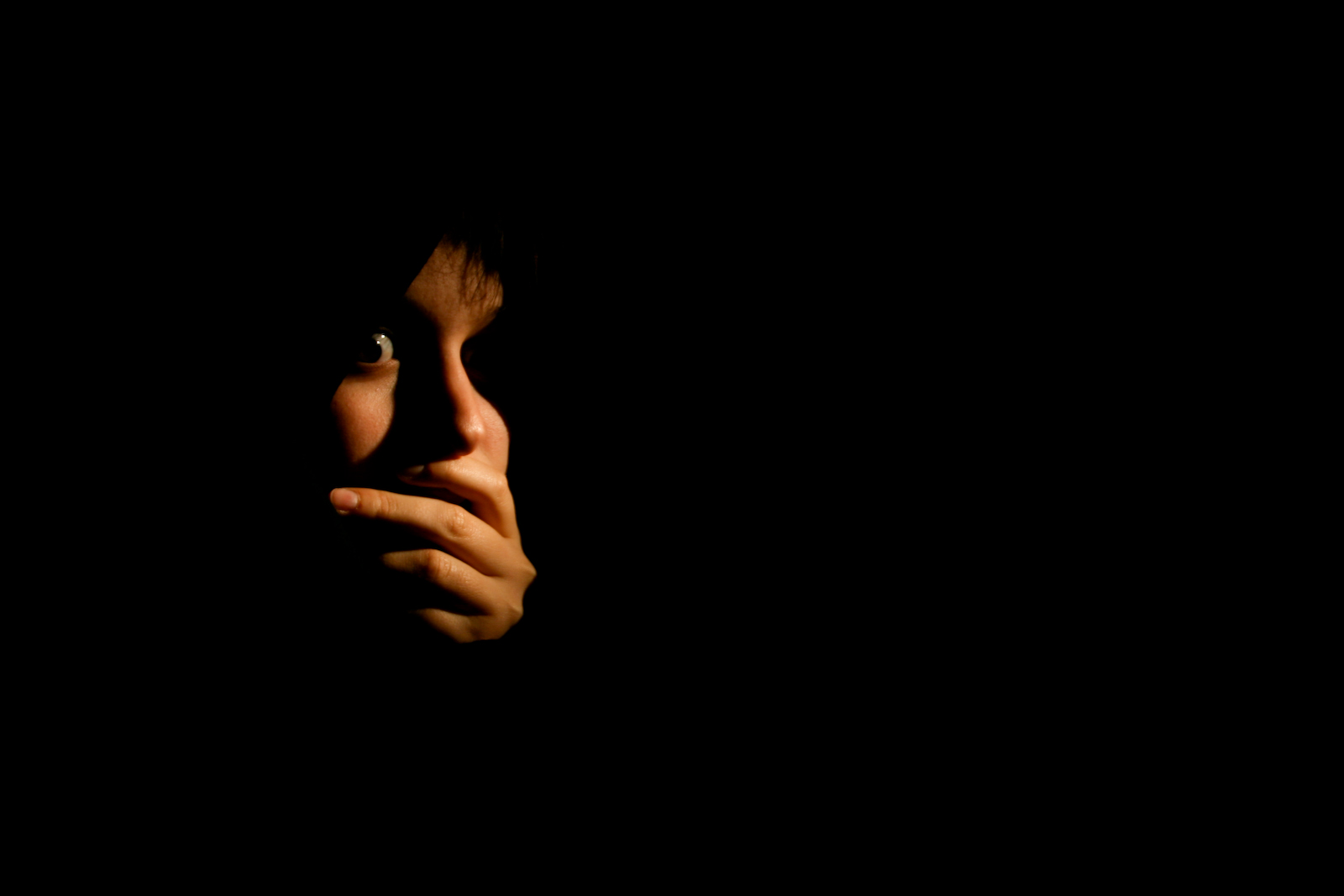
The ninth phobia is the nyctophobia, which is the fear of darkness. It usually starts as the childhood fear that continues past adolescence stage. People with this phobia mostly sleep with their lights on and they really hate dark corners. They like to surround themselves with lights and lamps.
Nyctophobia, Scotophobia, Lygophobia and Achluophobia are few of the non-clinical terminologies used to describe this phobia. Therapies and self-help tips can be used to treat nyctophobia.
10. Cynophobia – Fear of dogs

The final most common types of phobias are the cynophobia, which is being scared of dogs. Yes, most people are scared of dogs but people with cynophobia are truly afraid of dogs – no matter how small or cute the dogs are.
It is more common among women when compared to men. And also it usually onsets during childhood commonly between five to nine years of age. This phobia is usually treated using systematic desensitization or exposure therapy.
Hence, these are some of the most common phobias out there. Phobias are basically treatable and manageable. With therapies, counseling, and self-help management, the phobias can be controlled and managed. As long as you can consult the expert, you should be fine.
You might also enjoy reading



